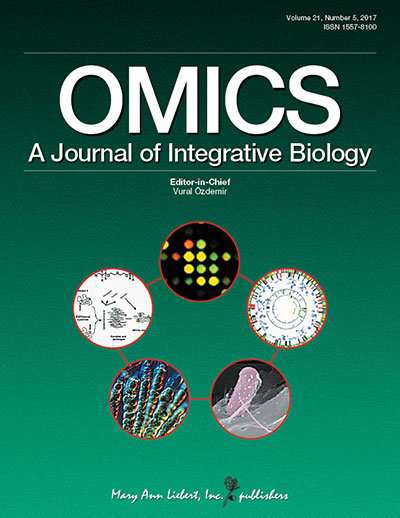David Bowie and the art of slow innovation: A new strategy for global precision medicine

With what strategies should developing countries invest in for emerging biotechnologies and precision medicine? This timely question on biotechnology global development was discussed in an innovation analysis published in OMICS: A Journal of Integrative Biology. The analysis, co-authored by Vural Özdemir, MD, PhD, DABCP (Toronto, Canada) and George P. Patrinos (Patras, Greece), notes that an "astutely global, and yet customized strategy for applications of omics and biotechnology innovations across countries and populations is sorely missing. Such globalization of science cannot be 'one-size-fits-all-countries', however, in much the same way drug treatments need to be customized through precision medicine."
This interdisciplinary innovation analysis draws in part from the works of the late David Bowie and introduces the concept and practice of slow innovation. Some claim that if innovation had a face, s/he would look like David Bowie. Özdemir and Patrinos describe, building on the art of slow innovation and lessons learned from David Bowie, Thomas Edison, and other prolific innovators, a Fast-Second Innovation strategy for global precision medicine. This development strategy envisions a midstream entry into an innovation ecosystem, reduction in false starts in new precision medicine application contexts and geographies, learning from failed innovations, and identification of the most promising country-specific precision medicine applications, while shaping them for country and local population needs for responsible innovation.
"We need a fresh and serious reexamination of our models for translational medicine," says Patrinos, Associate Professor of Pharmacogenomics and Pharmaceutical Biotechnology and Head of the Pharmacogenomics and Individualized Medicine Group at the University of Patras, Greece. "The establishment of Centers for Fast-Second Innovation (CFSIs), and their funding, for example, by crowdfunding and other innovative mechanisms, are extremely timely for omics and precision medicine global development. If precision medicine is about tailoring drug treatments and various health interventions to individuals, we should start from tailoring new ideas, and focus not only on how much we innovate but also what and how we innovate."
"The Fast-Second Innovation model warrants broad exploration for precision medicine global development and biotechnology implementation science," says Özdemir, Editor-in-Chief of OMICS. "This idea is not merely about slow or fast innovation but an invitation to examine our old framings of translational medicine, technology futures, and the recognition that the quantity also needs to have a quality dimension. When we are willing to expand our own horizons as well as the time scale of an innovation, we might be pleasantly surprised that what appears to be slow innovation initially may actually be the fast and sustainable one in the long term, with fewer false starts and responsible returns on technology investments."
More information: Vural Özdemir et al, David Bowie and the Art of Slow Innovation: A Fast-Second Winner Strategy for Biotechnology and Precision Medicine Global Development, OMICS: A Journal of Integrative Biology (2017). DOI: 10.1089/omi.2017.0148



















